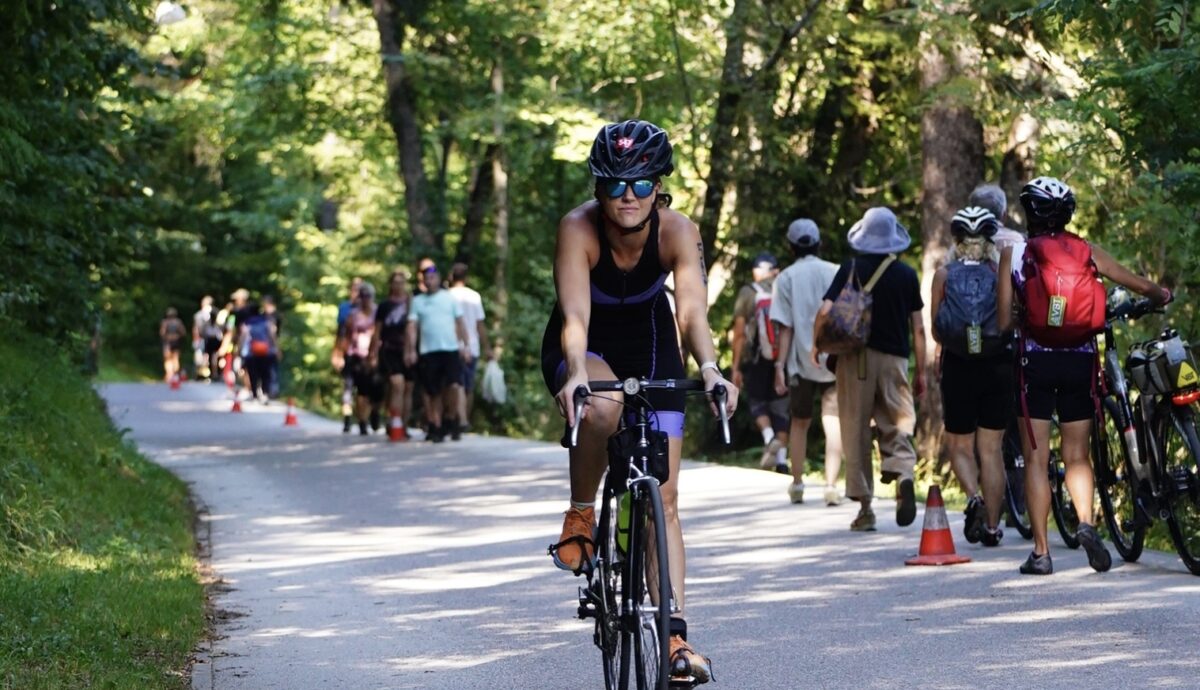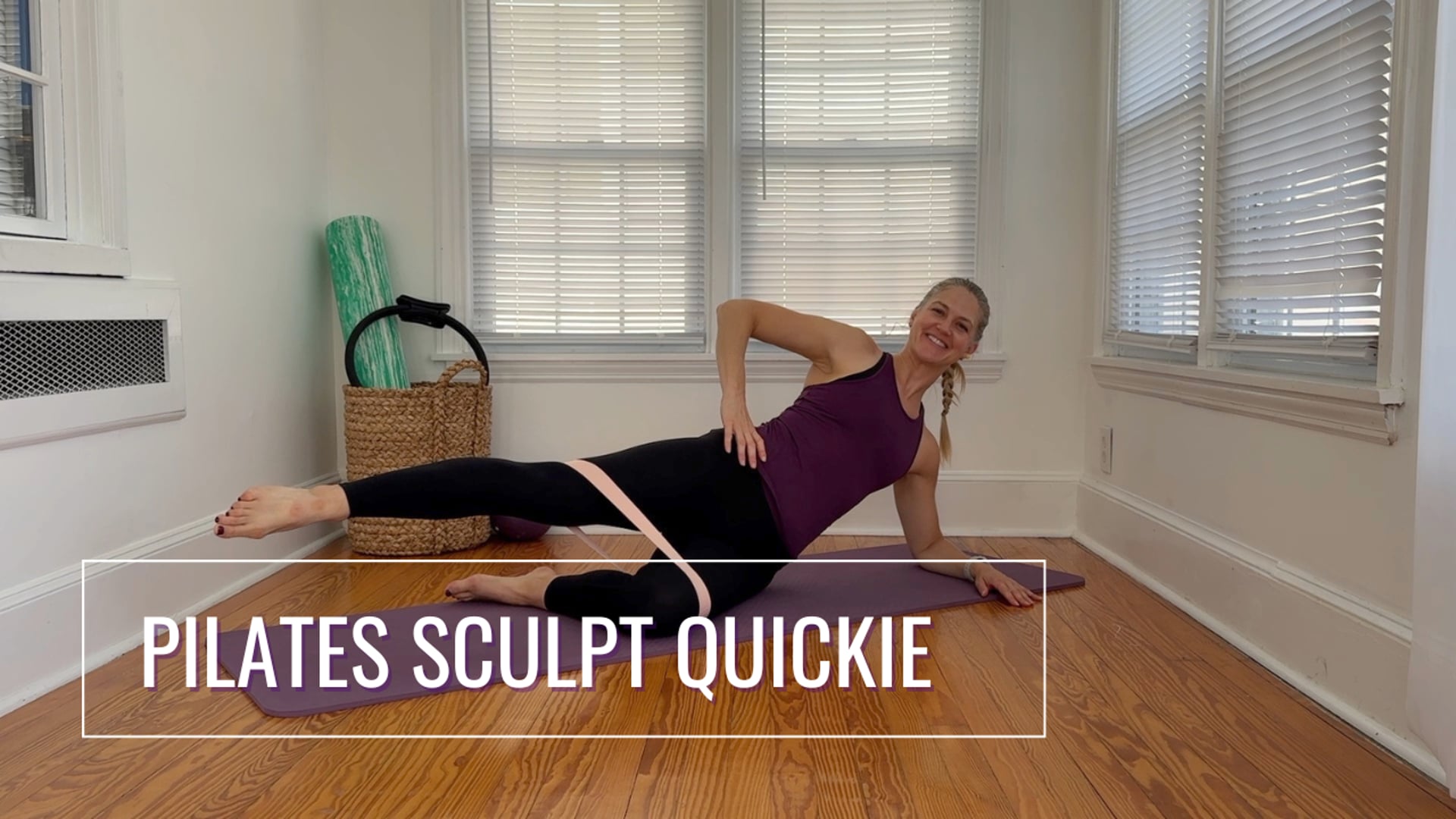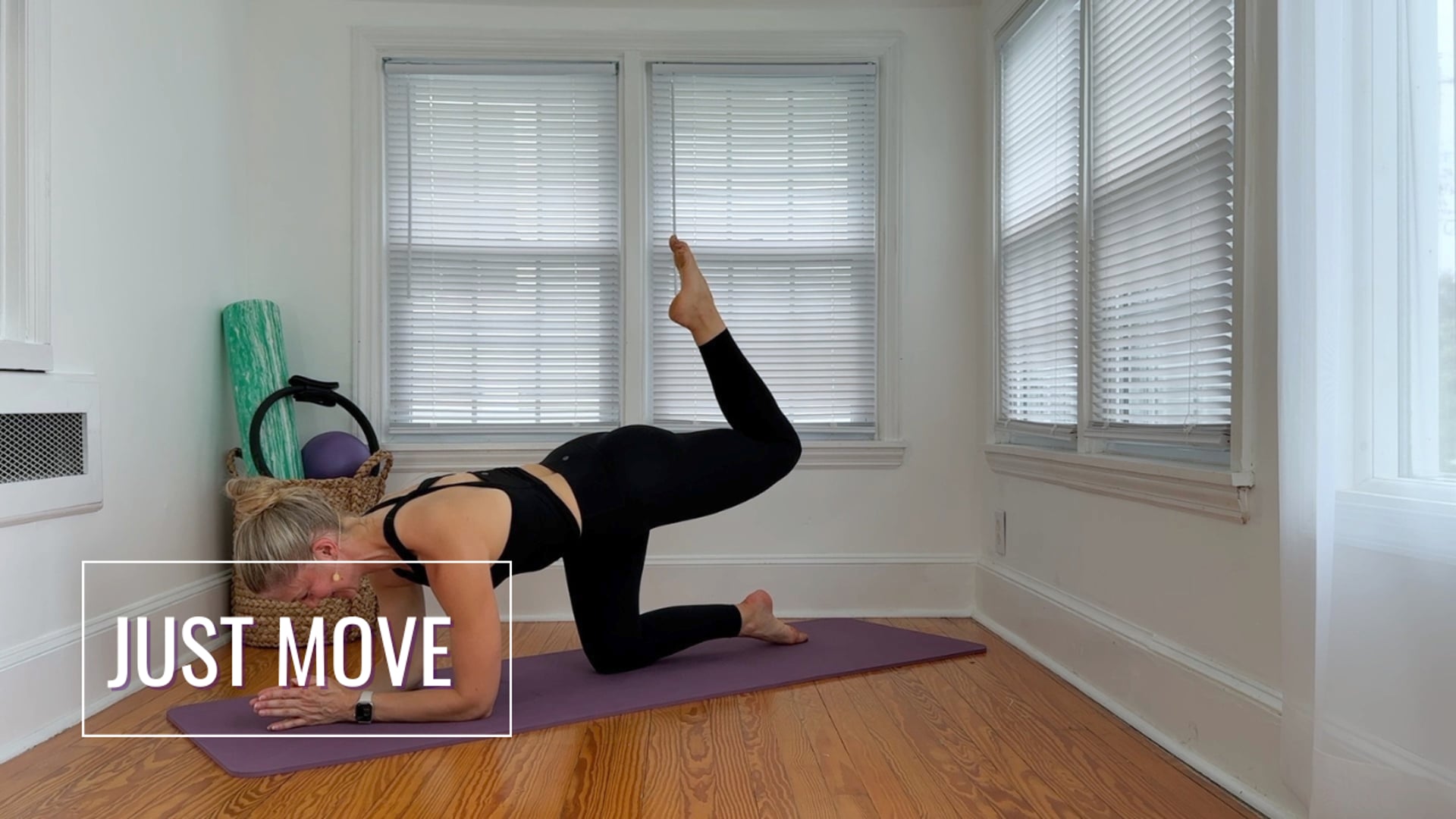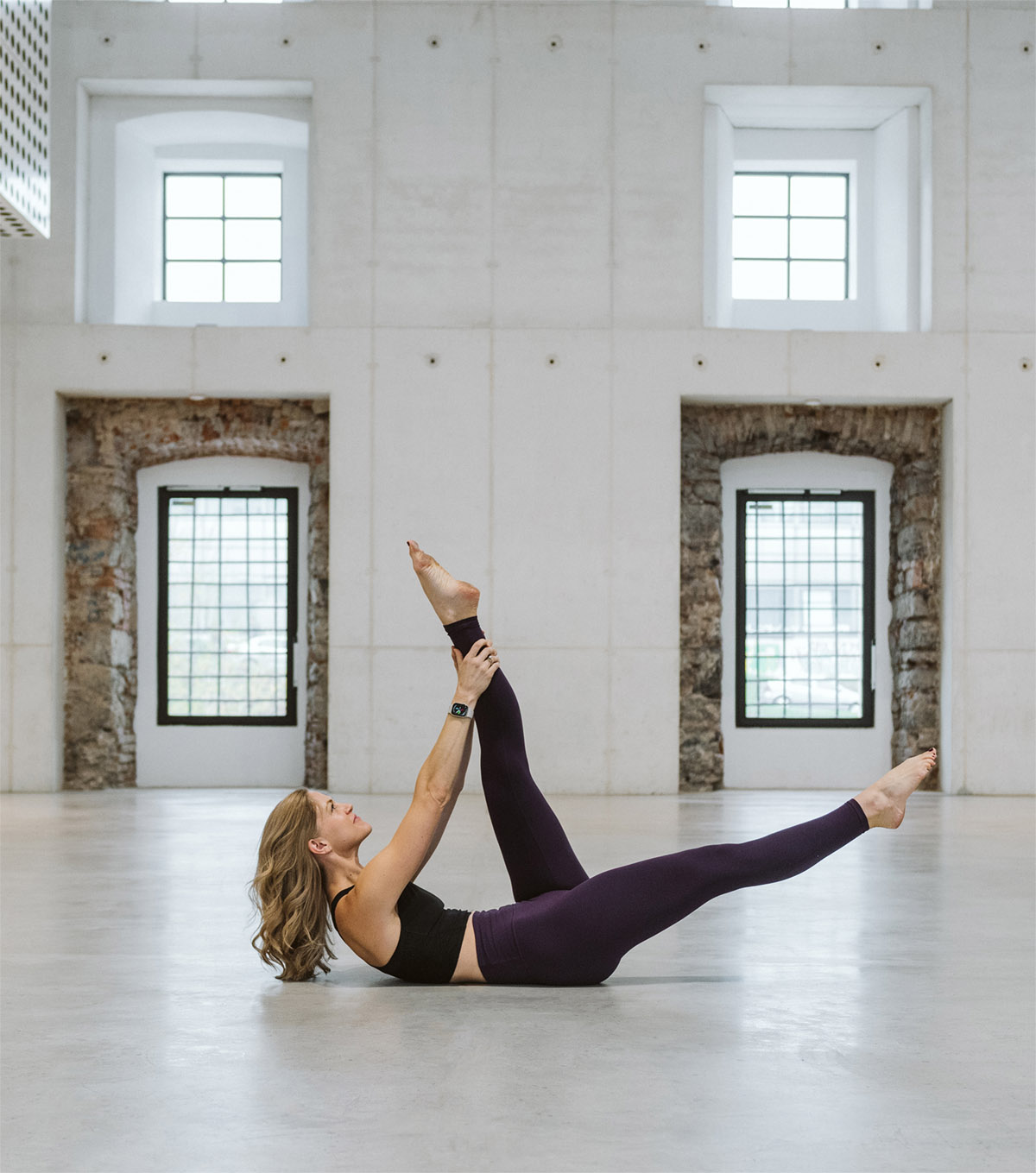If you’ve been scrolling through social media lately, you might need a PhD to figure out how to move your body. One day, it’s “strength training only.” The next it’s “Zone 2 cardio is the answer to everything.” It’s no wonder so many women feel overwhelmed—especially during perimenopause when your body starts to feel different, and you’re just trying to keep up.
So, do you have to pick a side?
Here’s the good news: You don’t have to choose.
Why the Confusion?
Social media is full of opinions—and algorithms love extremes. But when it comes to women in perimenopause, the truth is nuanced—hormones are shifting, energy levels fluctuate, and recovery takes longer. What worked in your 20s might leave you wiped out now. That doesn’t mean you should stop moving. It means you need to move smarter, not harder.
The Case for Cardio (Yes, It Still Matters!)
Despite what the latest strength-only trend says, cardio isn’t the enemy—cardiovascular exercise supports heart health, metabolism, mood, and cognitive function—all of which are essential in midlife and beyond.
The key is to choose the right kind of cardio for your body and your lifestyle:
- Walking: Especially brisk walking—gentle on joints, great for mental clarity and fat metabolism.
- Hiking or Incline Walking: Builds strength while still being low-impact.
- Cycling: Fun, rhythmic, and can be done indoors or out.
- Dance or Aerobic Classes: Movement + joy = a winning combo.
- Low-Impact HIIT: Short bursts of intensity without pounding your joints.
Think of cardio as your energy booster and mood stabilizer.
NOTE FOR ALL MY ENDURANCE RUNNERS/ATHLETES: As an endurance runner, remember that as long as you continue to enjoy it and your body tolerates it, keep it up (but maybe throw in some resistance training/cross-training into the mix to ensure this remains the case).
What About Pilates?
Pilates is often overlooked in fitness conversations because it doesn’t always “look intense”—but looks can be deceiving.
Pilates helps you:
- Build deep core strength (hello, back pain relief).
- Improve mobility and flexibility (goodbye, stiffness).
- Support balance and coordination (which become more critical as we age).
- Develop muscle endurance and posture (especially helpful for women working at desks or on their feet all day).
And yes, it’s strength training—especially when using resistance like bands, props, or equipment like the reformer. Even bodyweight Pilates can challenge muscles in a deep, sustainable way without the wear and tear of heavy lifting.
So… Pilates or Cardio?
Here’s the magic answer: Both!
You can walk for 30 minutes most days and do Pilates two to three times per week. You can dance around your kitchen and build core strength on the mat. You can mix movement styles in a way that feels energizing—not exhausting.
It’s not about perfection. It’s about consistency.
It’s not about picking sides. It’s about choosing yourself and what you enjoy! I will continue to shout this, but the only exercise you should be doing is a movement you enjoy. If you hate cycling, its effectiveness won’t matter because you will soon find every reason to skip it. For exercise to work, you need to do it, and you are 100 times more likely to do it if you enjoy it!
Start Here:
If you’re in perimenopause and feeling overwhelmed by all the “rules,” here’s a simple formula to try:
Weekly Movement Mix:
🧘♀️ 2–3 Pilates sessions (mat or equipment-based)
🚶♀️ 3–5 days of walking, cycling, or light cardio
❤️🔥 1 short, low-impact interval session (optional, based on energy)
💤 1 rest day (yes, this counts!)
Listen to your body. Some weeks, you’ll want more. Some weeks less. That’s okay.
Movement should support your life—not complicate it.
You don’t have to choose between cardio and Pilates.
You get to combine them in a way that makes you feel strong, steady, and unstoppable.
If I can help you, please reach out!






